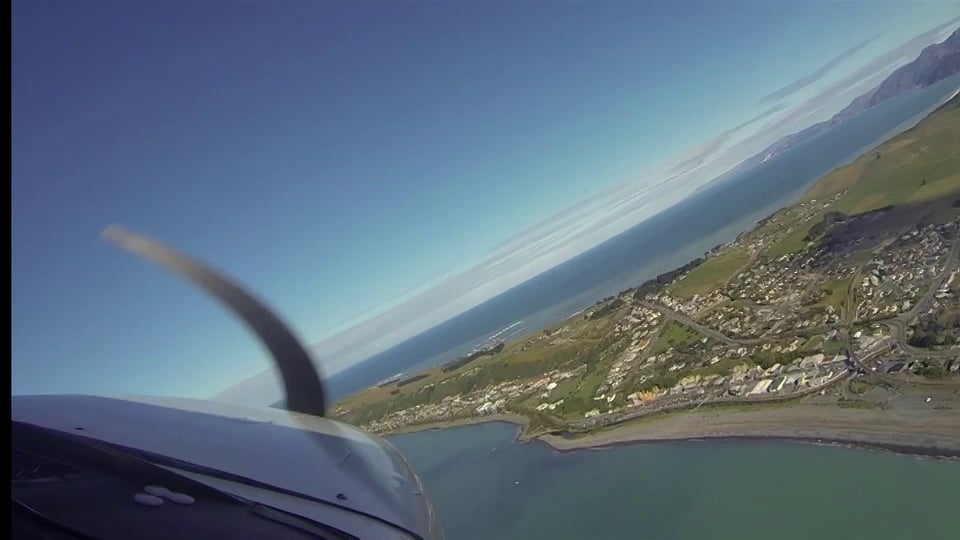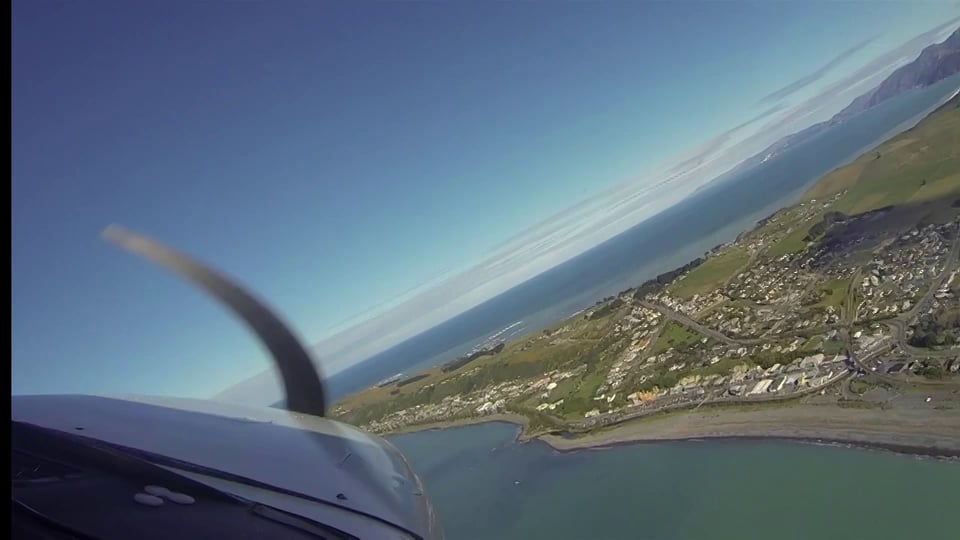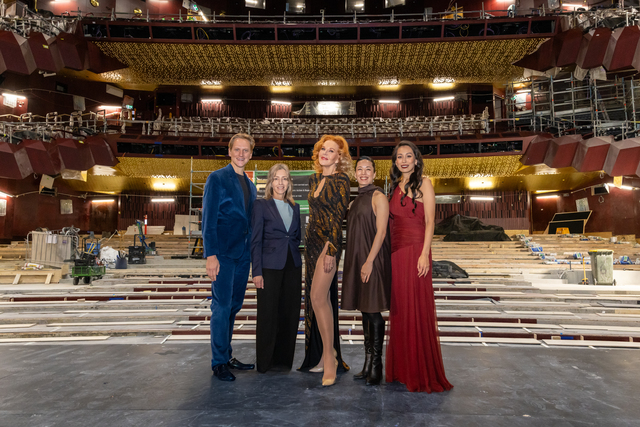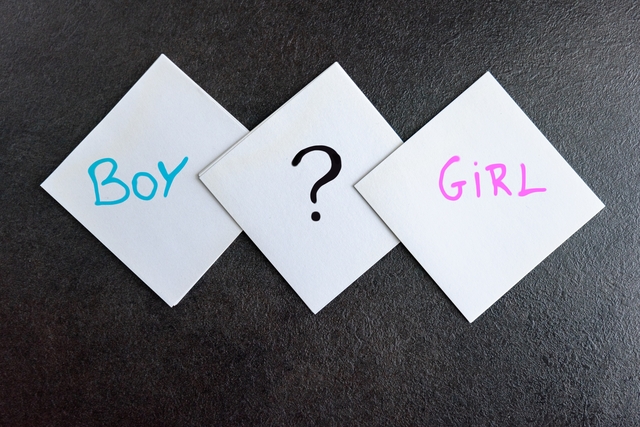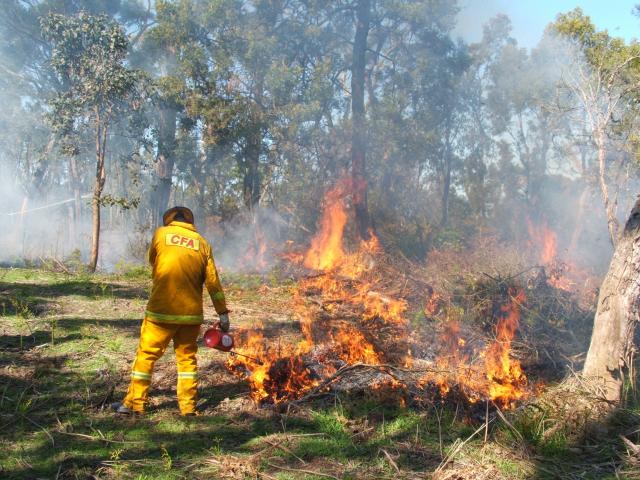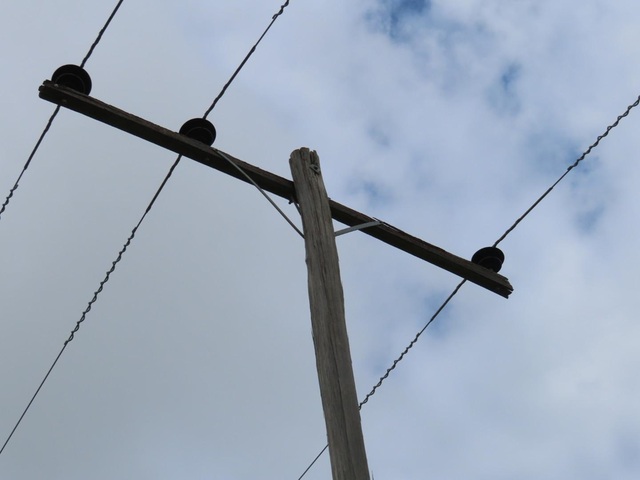There’s something special about arriving somewhere at night only for it’s full beauty to be revealed at sunrise.
From our cliff-top balcony looking over Kaikoura, all we could see were the lights of the sleepy town and shape of the bay outlined by the Esplanade.
With dawn’s early light, the silhouette of the Seaward Kaikoura Range imposed itself on the vista like an approaching storm.
The snowy peaks slowly revealed themselves as the sun rose over the Pacific, gradually transforming from pinkish hues to brilliant white as the morning went on.
I was mesmerised.
Kaikoura is a seaside town toward the top end of New Zealand’s South Island, between Christchurch and Picton.
The views on State Highway 1 from either direction are spectacular, particularly from the north where the stretch that winds along the coast is every bit as stunning as the Great Ocean Road.
It’s a popular summer holiday spot for New Zealanders, offering a host of outdoor activities on land, sea and air ranging from fishing and diving to hiking and whale-watching.
Winter is also a great time to visit for a short stay, with relatively mild temperatures despite the snow on the 600-metre peaks above.
In brilliant sunshine and light winds, we decided to take a whale-watching flight from the local airstrip.
The waters just o Kaikoura are home to male sperm whales, which come down south to feed in the deep waters. There’s a ledge in the Pacific not far from shore, meaning it’s possible to see the whales from land.
Whaling was the dominant industry here in the late 1800s
The flight in the four-seat Cessna provided more spectacular views of the peninsula, mountains and rolling hills as we circled looking for sperm whales, which surface for air for about 10 minutes after 45 minutes in the deep.
After 20 minutes of circling, the pilot steered the aircraft toward what I first thought was a boat but was actually a sperm whale leaving a substantial wake in its path.
The pilot circled around it at the minimum 300 metres, marvelling at its submarine-like size. We orbited until it reared its massive tail and gracefully returned into the deep.
It’s not just whales that come to Kaikoura for the seafood. The town’s name is Maori for meal of crayfish, which is pretty apt.
There are a few places to get fresh crays, none more famous than Nins Bin, a little kiosk about 15 minutes north of town on Highway 1. It’s worth the hype.

As far as breakfast goes, it doesn’t get much more decadent than sharing a $55 crayfish pulled from the ocean in front of you just a few hours before.
Another great place to dine was the Pier Hotel on the edge of town. It’s a friendly pub with great steak and seafood, including seafood chowder, green-lipped mussels from the nearby Marlborough Sounds and, of course, local crayfish.
There are many ways to burn off your indulgences, even in winter. One of them is a hike along the Kaikoura Peninsula Walkway, which offers hikes of varying distances.
We spent a couple of hours trekking along the limestone cliffs and beaches that are teeming with fur seals and birds.
There are information boards along the walk explaining the natural and human history of
the area, including Maori settlement and the whaling era. It’s an easy hike.
If you don’t feel like hiking but want to see the seals, quite a few frequent the car park at the tip of the peninsula.

With the views we had from our cliff-top accommodation we could be forgiven for not being so active the entire time. While we have beaches and snow-capped mountains in Australia, there’s nowhere where you can be so close to both.
So we ended our final day in Kaikoura under blankets on deckchairs, with local craft beers
in hand, watching quietly as the mountains again disappeared into the night.
Getting there
Kaikoura is a two-hour drive from Christchurch International Airport, which hosts direct flights from Melbourne.
Accommodation
We stayed at the Apartment on the Cliff Top, which had spectacular views and two bedrooms for $150 per night.





